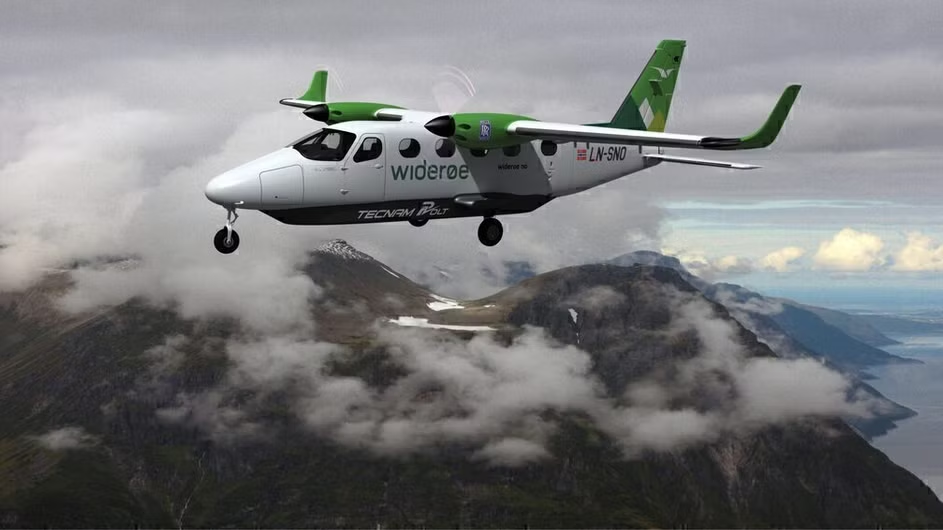As the aviation industry is actively working towards achieving net-zero carbon emissions by 2050, electric planes are no longer a fantasy, but an approaching reality. Airlines, manufacturers, and entrepreneurs are racing to create battery-powered planes, bringing the promise of quieter, cleaner, and more efficient flights closer to reality.
Routes and Initial Testing: What’s Already Airborne
Electric aircraft has become a reality and is no longer limited to test facilities. On September 27, 2022, Alice, Eviation’s all-electric commuter plane, had its first successful flight at Moses Lake, Washington. The test flight, which lasted eight minutes and reached a height of 3,500 feet, was a historic first for a fixed-wing, zero-emission aircraft. Alice proved the viability of battery-powered regional transport by carrying nine passengers and travelling 150–250 km on commuting routes. Airlines like Cape Air and Global Crossing have already placed orders, while DHL, a major global shipping company, has invested in the cargo version to create the first electric express network in history.
Infrastructure is catching up in the meanwhile. The first public charging network for electric aircraft was introduced by Aerovolt in the UK and is currently operational at six airfields along the South Coast.

Green Innovation
According to the International Energy Agency (IEA), aviation accounts for around 2-3% of worldwide carbon emissions, a figure that is likely to climb as demand for air travel grows in the future decades. With governments, environmental organisations, and passengers all asking for action, the sector is under increasing pressure to reduce its environmental impact. While sustainable aviation fuel (SAF) has dominated as a short-term answer, focus is moving to electric aircraft as a potential long-term game changer particularly for short-haul and regional flights, which are among the most carbon-intensive per mile travelled.
Read more on: United Becomes The Largest Airline Invests in Zero Emission Hydrogen Electric Engines
The change is being driven by more than just renowned names. A slew of startups and regional operators are racing to carve out space in this emerging market. Widerøe, in conjunction with Rolls-Royce and Tecnam, aims to create the world’s first all-electric regional airline service by 2028. In North America and Asia, smaller commuter aircraft projects are gaining pace, with the goal of replacing regular short-haul flights between cities with quieter, greener alternatives.

What This Means for Passengers
Travellers may benefit from calmer cabins, lower operational expenses which may result in lower ticket prices, and the assurance that they are leaving a less carbon imprint when they fly in an electric aircraft. The early acceptance of electric solutions by airlines might provide them a competitive advantage as climate-conscious choices become more important when making travel plans.

As airlines and manufacturers push forward with testing and infrastructure, one big question remains:









